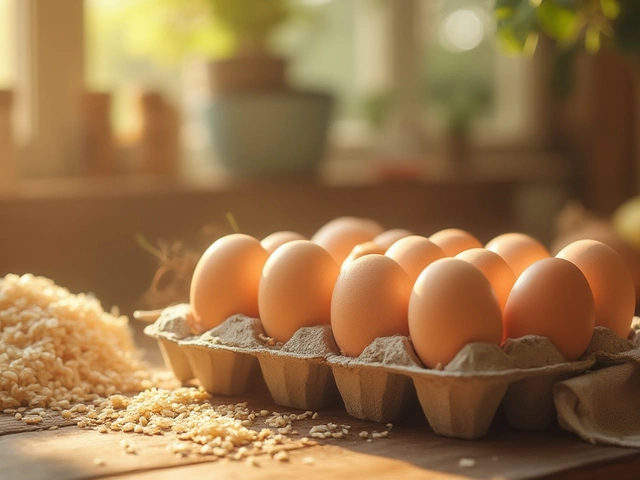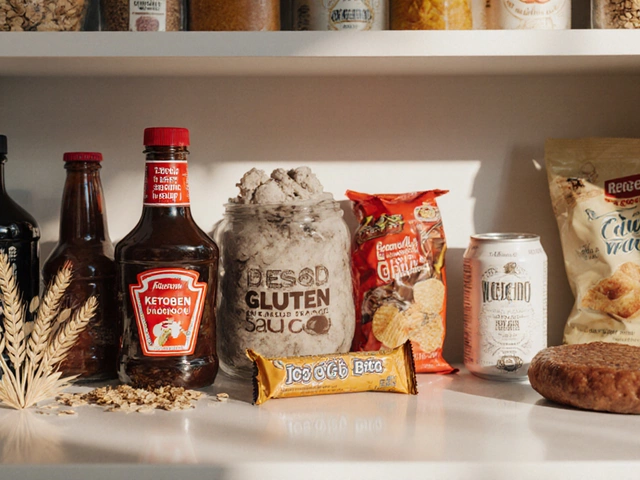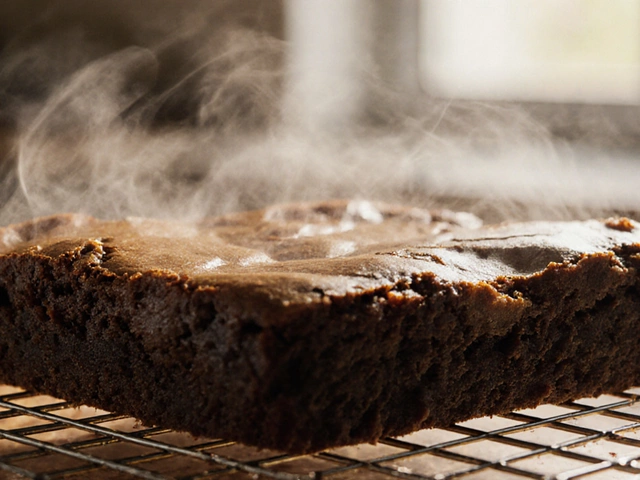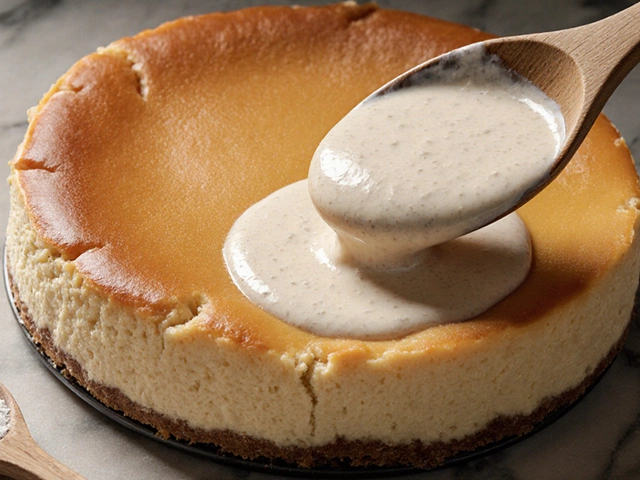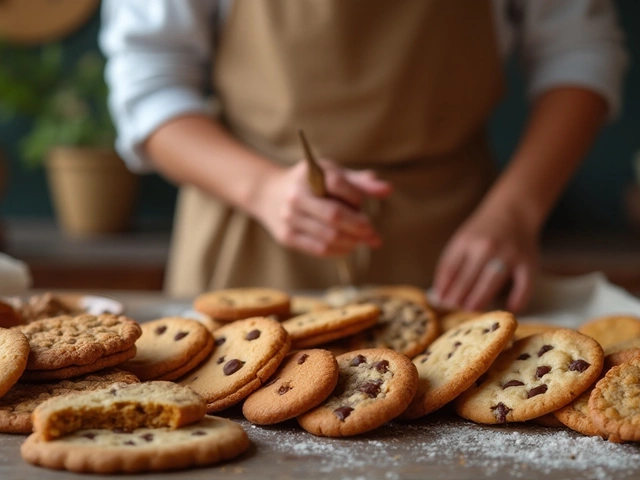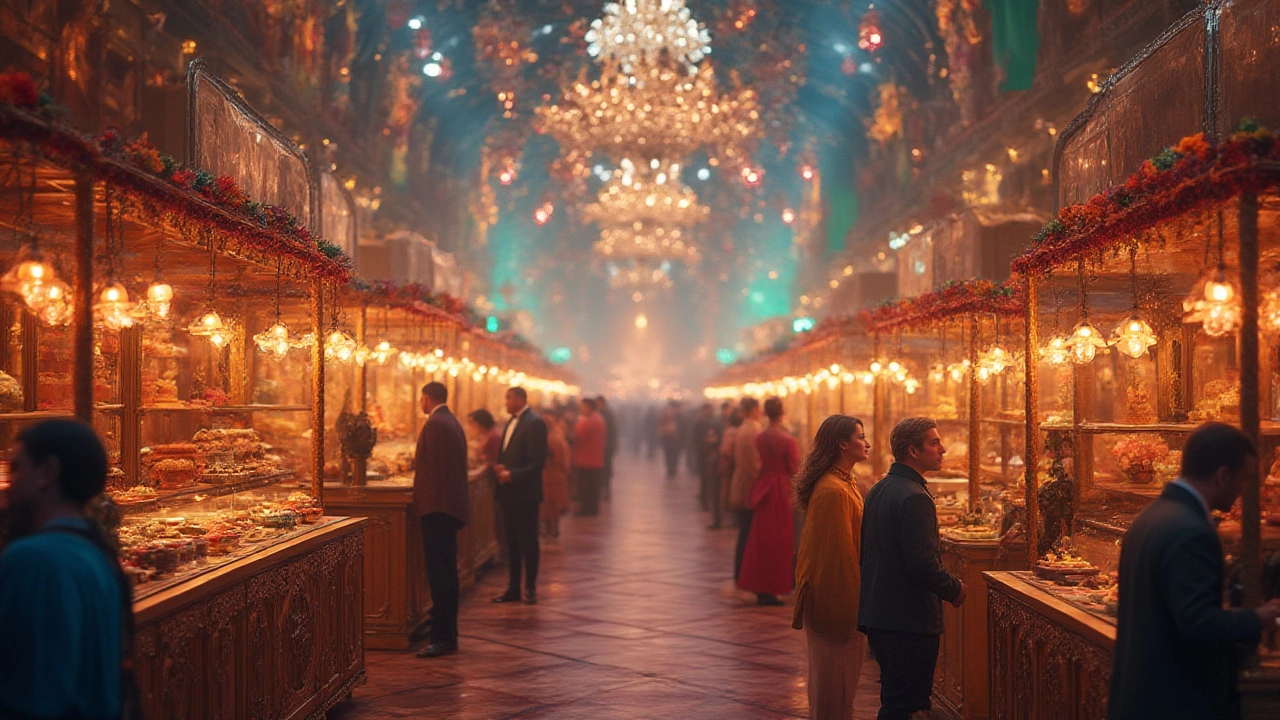
Somewhere in the world, right now, someone is blowing out candles on a cake. Whether it’s a raucous kid’s party in Tokyo, a tiny wedding in Sicily, or a lazy Sunday in Brighton (where I’m writing this and eyeing my neighbor’s Victoria sponge with thinly veiled envy), cake connects us. Everybody has a favorite—but which cake steals hearts from Brighton’s sea breeze to the buzzing streets of Buenos Aires? If you’d bet your apron on chocolate cake, you’re not alone. But is it truly the world’s darling, or did another sweet classic swipe the crown?
The Sweet Spot: Defining the “Most Loved Cake”
This isn’t just about which cake zooms to the top of Pinterest searches or nabs the most Instagram likes. The world’s “most loved” cake comes down to nostalgia, culture, accessibility, and that unquantifiable sigh people make with the first forkful. How do you even prove a cake’s world domination?
Let’s cut right through the confusion: multiple international surveys and polls—from YouGov, TasteAtlas, to BBC Good Food—consistently show that chocolate cake emerges as the most universally cherished. In 2024, a global poll by TasteAtlas, which mapped cake popularity by country, found chocolate cake (specifically variations like Germany’s Schwarzwälder Kirschtorte, the American chocolate layer cake, and even devil’s food cake) securing top spots in more than 50 countries.
But there’s more to it than just heaps of cocoa and butter. Think about the “birthday default” everywhere from Paris to Mumbai. Or the go-to treat at office parties (don’t get me started on that eternal chocolate-fudge-vs-carrot-cake debate). Chocolate cake’s secret is its versatility—and the way it manages to taste like a hug, a victory, and a guilty pleasure all at once.
The History of Chocolate Cake: From Luxury to Legend
Once upon a time, chocolate was for the rich and royal. Cakes existed, sure, but adding chocolate was a wild fantasy for most. The real revolution started in the mid-19th century, when baking powder and cocoa powder changed everything. Overnight, cakes became fluffier, lighter, and—thanks to affordable chocolate—richer in taste.
In Victorian England (yes, fellow Brits, this is part of our culinary legacy), the chocolate sponge appeared as a “pudding” for the privileged. A London recipe from the 1850s mixes grated chocolate into the batter, but only the top percent could afford such decadence. Across the pond, by the 1920s, American bakers were mass-producing chocolate cake mixes, and post-World War II, instant mixes made it an everyday treat.
Chocolate cake’s true popularity exploded with the arrival of iconic recipes: Germany brought us Black Forest Cake; the US invented devil’s food cake and red velvet; France flaunted flourless chocolate cakes. Each culture added its spin, making chocolate cake not just a dessert, but a symbol of celebration across time zones.
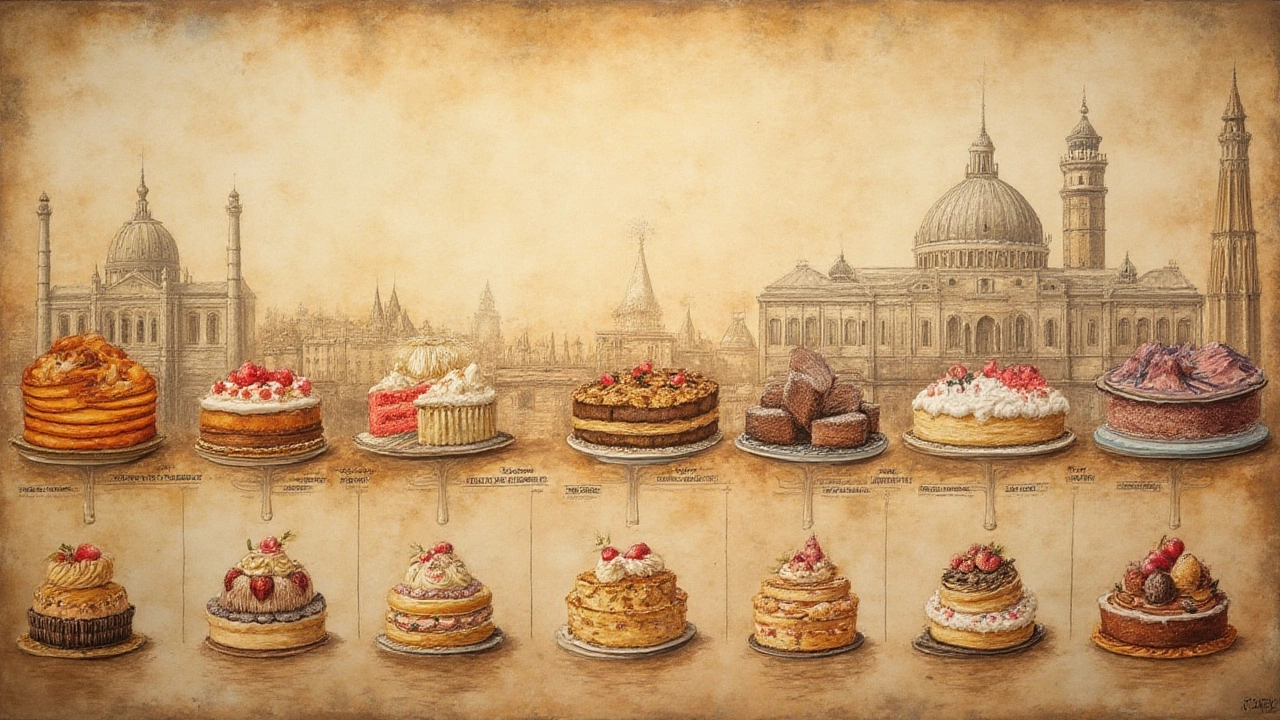
The Global Cake Map: How Tastes (and Slices) Differ
Thinking all chocolate cakes are the same is like calling every dog a golden retriever. Let’s look at the different ways folks around the world interpret a “chocolate cake.”
In Germany, Schwarzwälder Kirschtorte reigns: rich chocolate layers, kirsch syrup, and cherries—often more boozy than British battenberg. In the US, layers of chocolate fudge cake sandwich creamy icing across birthdays and holidays. Latin America swoons for tres leches cake, often with a chocolate twist. The Middle East likes its cake moister, dense, almost pudding-like—think Persian chocolate flourless cakes with hints of orange blossom.
Table: Top 5 Chocolate Cake Variations By Country (2024, TasteAtlas Poll)
| Country | Cake Variety | Key Ingredients |
|---|---|---|
| Germany | Schwarzwälder Kirschtorte (Black Forest Cake) | Chocolate sponge, cherries, whipped cream, kirsch |
| USA | Classic Chocolate Layer Cake | Chocolate sponge, chocolate frosting, sometimes coffee |
| France | Gâteau au Chocolat (Flourless) | Dark chocolate, eggs, butter, sugar |
| India | Eggless Chocolate Cake | Cocoa powder, yogurt, ghee, condensed milk |
| Brazil | Bolo de Chocolate | Cocoa powder, condensed milk, chocolate sprinkles |
This isn’t even mentioning those regional twists—like the smoky-sweet mole cakes in Mexico or the gluten-free cloud cakes of Japan. The uniting thread is that deep, dark, irresistible chocolate flavor—but the form is gloriously different depending on where you slice.
Why Does Chocolate Cake Reign? The Science and the Secrets
Turns out, it’s not just about taste buds. Chocolate cake checks some powerful psychological boxes. Cocoa contains tryptophan, which the body uses to produce serotonin—the so-called ‘happy chemical.’ There’s also a splash of caffeine, so it perks you up just as the sugar is mellowing you out. The result? That famous chocolate high, amplified by soft sponge and sweet frosting.
But science only tells half the story. For many, chocolate cake is woven into family rituals: that birthday moment when the lights go out, the first slice on a chilly holiday, or the secret midnight fridge raid. The emotional link is powerful.
Some kitchen tips if you’re looking to bake your own legend: if you want a moist cake, sneak in a bit of coffee—it deepens the cocoa flavor without stealing the spotlight. Greek yogurt or buttermilk bumps up tenderness. And if you live somewhere humid, keep cocoa powder in the freezer to prevent it from going lumpy. Want a super-glossy frosting? Use a mix of melted chocolate and double cream—nothing else needed.
Beyond technique, there’s the social pull. Chocolate cake’s always there at big moments: weddings, graduations, anniversaries. It’s also a classic peace offering. (Ever tried apologizing with carrot cake? Doesn’t land quite the same.)
And if you’re one of the very few who can resist chocolate, don’t worry: vanilla sponge, carrot cake, and cheesecake still have massive fan bases, especially in certain countries. According to 2025 stats from Statista, vanilla sponge came in an impressive second place worldwide for “most ordered” celebration cake.
But strip it right back, and the answer’s kind of obvious. The most loved cake in the world didn’t win because it was trendy. It’s loved because it feels universal—familiar and exciting, classic and customizable. Ask a hundred cake lovers from a hundred countries, and most will say that chocolate’s still got their heart. And maybe their teeth stained, too.

